
The length of a dental appointment depends on what the appointment is for and the individual case. A standard dental exam takes around 45 minutes but that could vary from patient to patient.
For those with many oral health problems could take longer and for those who have dental anxiety can take longer than that because sedation methods would need to be used and they need time to take effect.
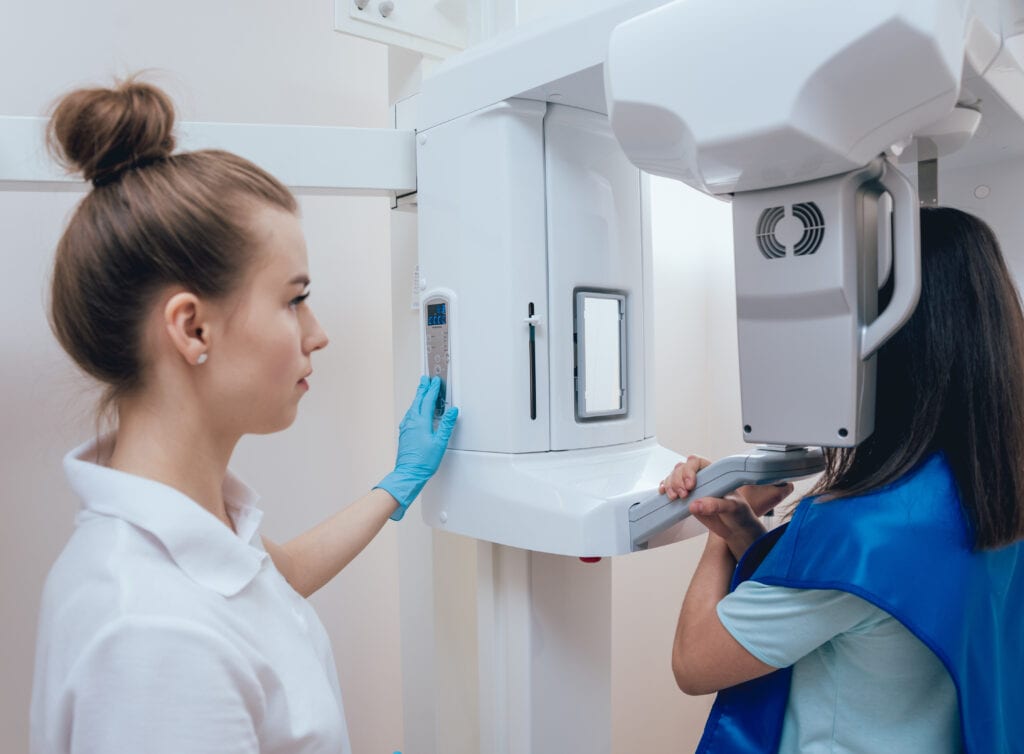
Typical Exams
A typical exam for those who are healthy includes dental X-rays, and an exam of teeth, bite, gums, and jaws. A hygienist usually includes a cleaning and polishing of teeth after that. The cleaning takes up most of the appointment time as it takes around 30 minutes. It could take longer if there is a lot of tartar buildup.
Those who have severe plaque and tartar should consider a deep cleaning, depending on the recommendation of your dentist.
Those who need a deep mouth cleaning should plan on spending 45 minutes on the cleaning and schedule two visits. A dentist doing a deep cleaning will clean one side of the mouth in one visit and then clean the other side in a second visit.
Filling Cavities
Filling a cavity typically takes an hour, although some dentists can do a simple filling in 20 minutes. Sometimes, your dentist may require a second visit to install an inlay or
onlay, a larger filling, or multiple fillings. However, some dental offices today have the technology to do inlays and onlays in one appointment.
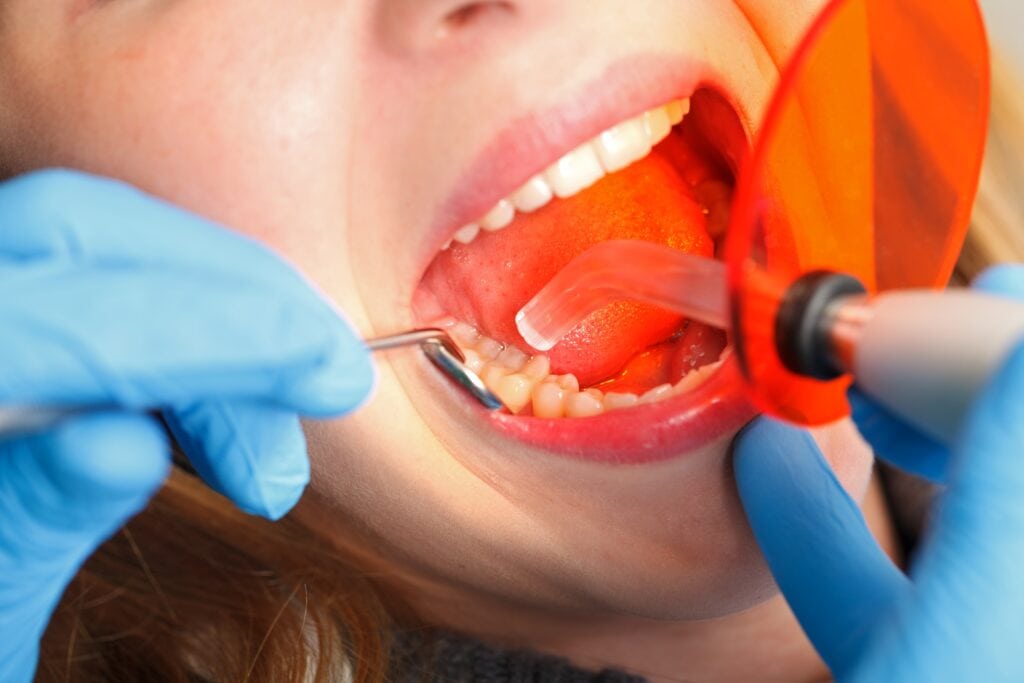
Those who are having an exam and a filling will need to accommodate the time to do all the work, which would be around two hours, with a cleaning.
Teeth Whitening
Teeth whitening can take anywhere between a half hour and an hour and a half. The time it takes to do this process depends on the technology used and the depth of the stains. Dentists will go over your desired shade and may have to do a couple of applications over a few visits to get the right shade for you.
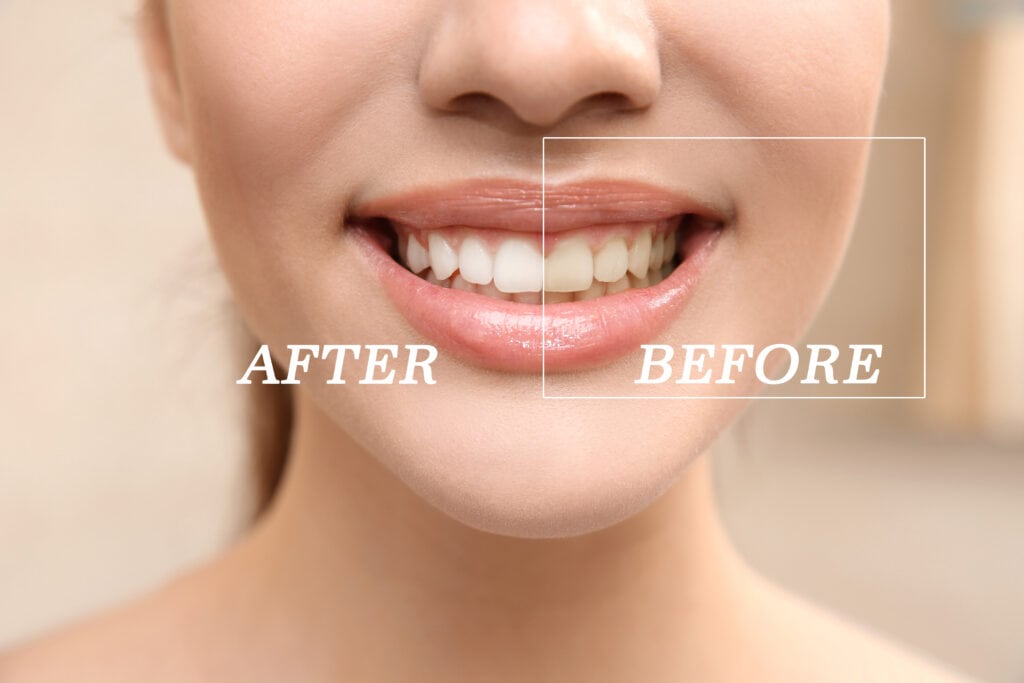
New technology makes teeth whitening much easier and quicker. Typically, even the newest technology will involve a gel activated by ultraviolet light and the longest part of the process is sitting with the light on your mouth.
The best part about getting your teeth professionally whitened is that you will get immediate results. You will notice a better smile when you leave the dental office.
Some whitening procedures include the dentist giving you a maintenance kit to take home and use in between whitening sessions. This will help lengthen the time between appointments and still maintain your white smile.
Complicated Procedures
More complicated dental procedures, like root canals, can be expected to take longer. The time it takes to do these procedures depends on how much infection is in the tooth. Most root canals require two appointments. One is to remove the infection and one is to install a cap or some other protection over the tooth. A temporary cap will be in place until your second appointment.
However, the average time for a root canal is between 30 and 60 minutes. The dentist can spend up to an hour and a half on a larger tooth with several roots.
While this may seem cumbersome, the time spent in the chair for a root canal isn’t as bad as it sounds. The local anesthetic means you won’t have any pain during the process.
The dentist will tell you as they move along so you can understand what is going on with the process.
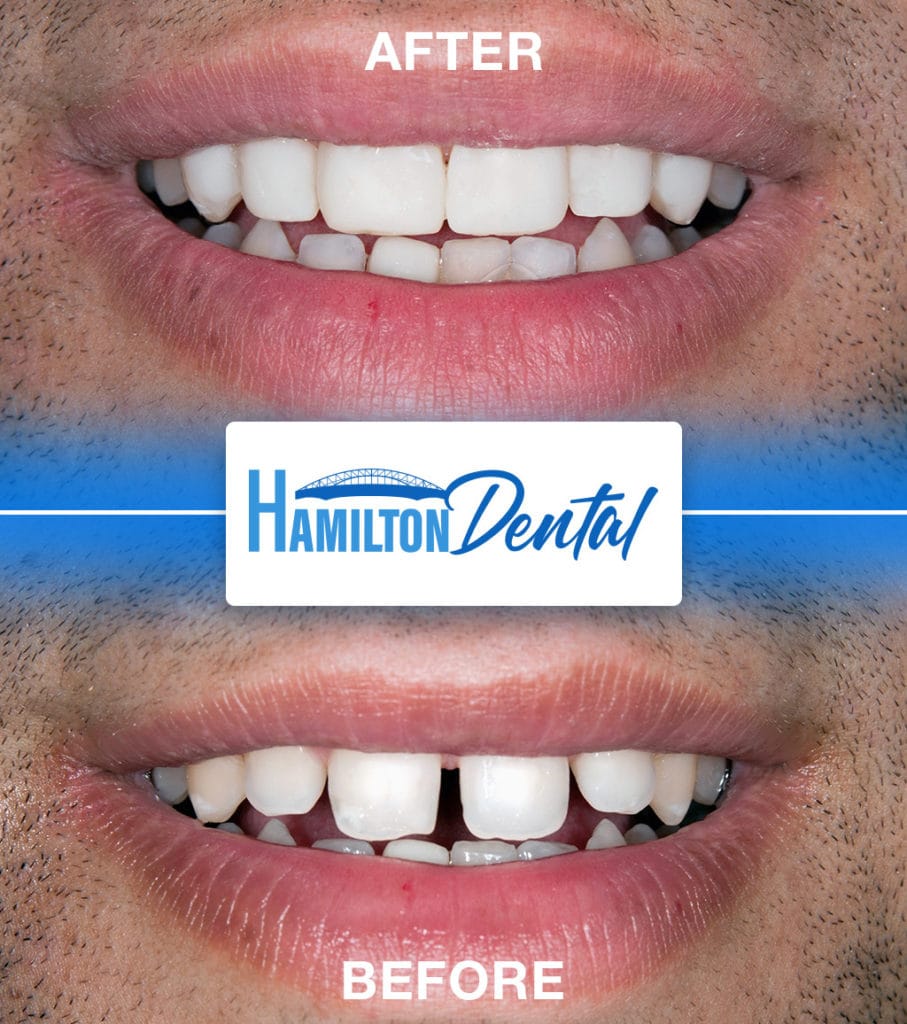
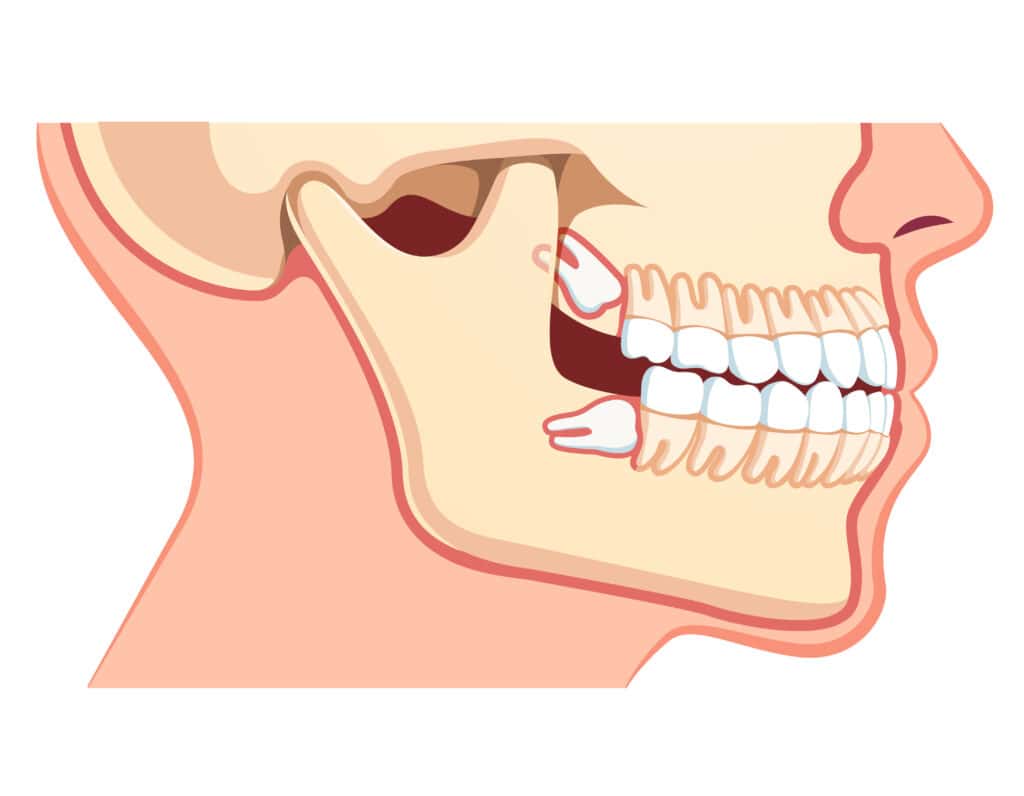
Wisdom Teeth Removal
Those in their 20s began to experience the growth of wisdom teeth. While some people can keep their wisdom teeth, a dentist advises them to be removed in most cases.
Wisdom teeth can crowd your mouth and cause other dental issues. They serve so significant purpose as far as chewing goes so it doesn’t affect anything to remove them.
Wisdom teeth removal doesn’t take as long as you would think as long as the tooth isn’t impacted. An impacted wisdom tooth requires surgery and that will require general anesthesia. A dentist can do the surgery as they are trained. Even then, removal can be done in as little as 20 minutes but typically takes longer.
It generally takes around 45 minutes to remove a wisdom tooth under normal conditions. Depending on which are coming in, your dentist may opt to remove two in one appointment if they are coming in on the same side so that may take longer.
Part of the time set aside for wisdom tooth removal is allowing the anesthesia to take effect. Most of the time, your dentist will use local anesthesia but some patients may need sedation therapy if they are anxious.
Sedation Therapy
The majority of patients do fine with a dentist administering local anesthesia. This will numb the area the dentist is working on but leaves you fulling away. Local anesthesia works quickly in about 10 minutes.
Those who are highly anxious about dental appointments or who are undergoing surgery may require sedation therapy. There are several versions of this and the one used depends on the patient.
Some sedation puts the patient in a twilight sleep where they understand what’s going on but are not anxious. General anesthesia puts the patient into a deep sleep where they won’t wake up until they are given another drug to counteract the anesthesia effects.
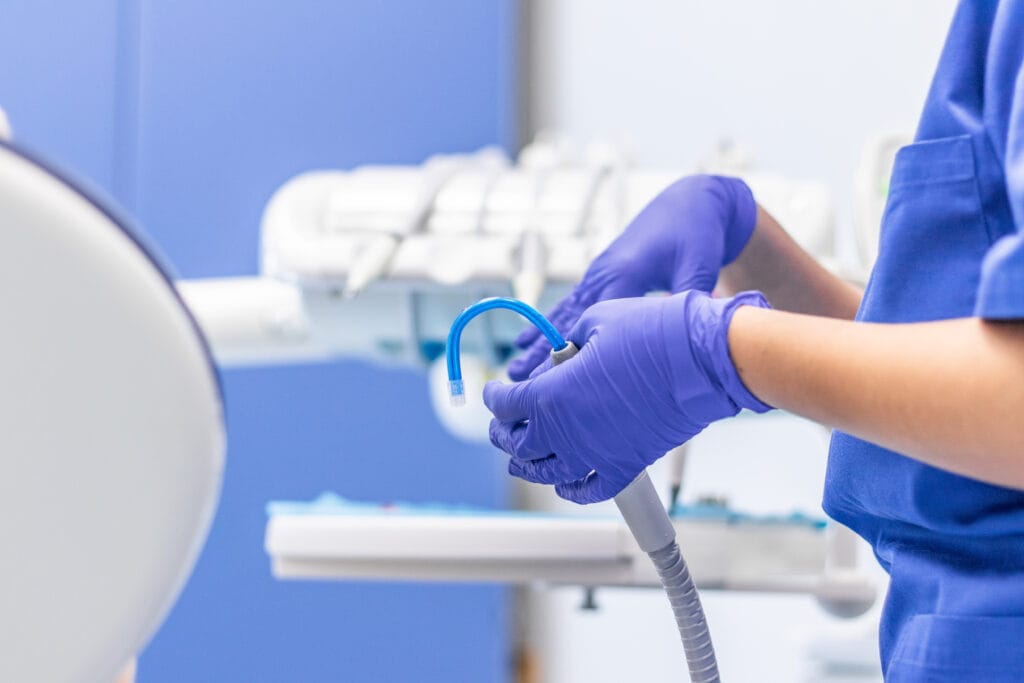
How to Lessen Time in the Dentist Chair?
Everyone wants to spend less time in a dentist’s chair. One way to avoid major oral health problems is to maintain a good oral hygiene routine. That means visiting your dentist twice a year, brushing at least twice a day, and regularly flossing.
Your dentist can also recommend a good mouth rinse to use to prevent cavities.
Maintaining your teeth is one good way to ensure that your dental exams and cleaning will take less time. It will also mean fewer tooth and gum issues which means both less time in the dentist’s chair and less money spent on procedures.